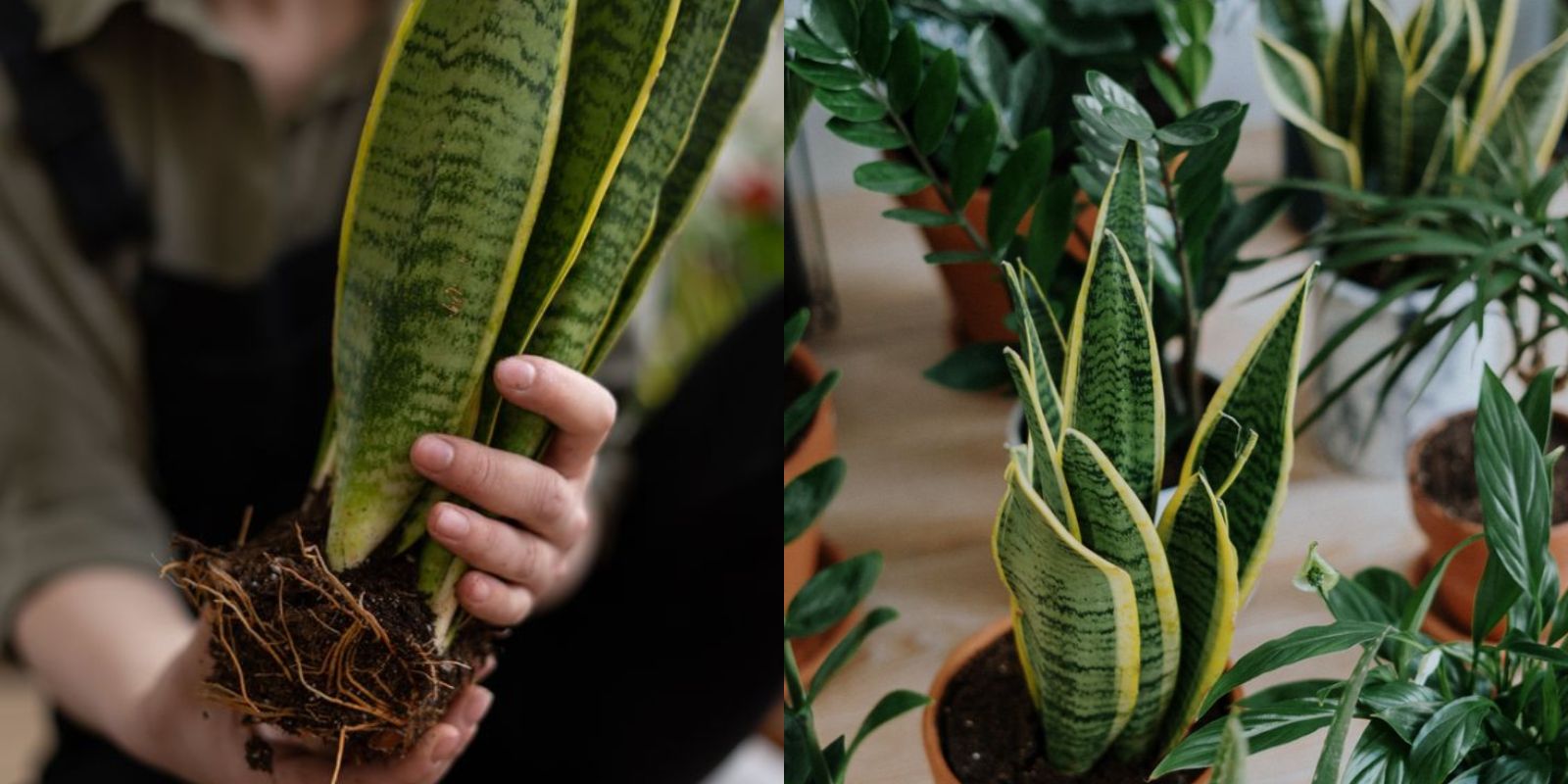Sansevieria, commonly known as Mother-in-Law’s Tongue or Snake Plant, is renowned for its durability and aesthetic appeal. Not only does it add a touch of elegance to any indoor space, but it also plays a crucial role in improving indoor air quality. Known for its air-purifying abilities, Sansevieria is a superb choice for those looking to enhance their home environment with minimal effort. This article provides a detailed guide on how to cultivate Sansevieria effectively, ensuring you reap the benefits of its stunning foliage and air-purifying properties.
Introduction
Sansevieria, often referred to as Mother-in-Law’s Tongue, is a hardy succulent that can thrive in various indoor conditions. Its striking, upright leaves add a modern touch to interior decor while providing significant air purification benefits. The plant is known for its ability to absorb harmful gases such as formaldehyde, benzene, and trichloroethylene, making it an excellent choice for improving indoor air quality. Whether you’re a seasoned gardener or a novice, growing Sansevieria is a straightforward process that requires minimal maintenance. Follow these steps to ensure your Sansevieria flourishes and enhances the air quality in your home.
1. Select Your Plant
Choosing the Right Sansevieria
When selecting a Sansevieria, opt for a plant with healthy, vibrant green leaves and a robust, upright growth habit. Look for signs of health such as firm leaves without spots or discoloration. Avoid plants with yellowing or wilting leaves, as these may indicate underlying issues. A well-chosen Sansevieria will establish itself more easily and contribute better to your indoor air quality.
2. Pot Your Sansevieria
Choosing and Preparing the Pot
- Select a Pot:
- Use a pot with drainage holes to prevent waterlogging, which can lead to root rot. Sansevieria prefers well-draining soil to thrive.
- Prepare the Soil:
- Opt for a cactus or succulent potting mix. This type of soil provides the excellent drainage Sansevieria needs and prevents excess moisture from accumulating.
- Transplanting:
- Gently remove the Sansevieria from its nursery pot and place it into the new pot. Fill in around the plant with the potting mix, ensuring that it is well-supported. Lightly press down the soil to eliminate air pockets.
3. Location and Light
Providing the Right Environment
- Indoor Light Conditions:
- Sansevieria thrives in indirect light or low light conditions. It is adaptable and can tolerate a range of lighting environments, making it suitable for various indoor settings. Avoid placing it in direct sunlight, as this can cause leaf burn and damage.
- Temperature and Humidity:
- Sansevieria prefers a stable indoor climate. It can tolerate a range of temperatures but thrives best between 60-75°F (15-24°C). It is also relatively tolerant of varying humidity levels, making it well-suited for typical indoor environments.
4. Watering and Maintenance
Caring for Your Sansevieria
- Watering:
- Water your Sansevieria sparingly. Allow the soil to dry out completely between waterings. Overwatering is a common issue that can lead to root rot, so ensure the potting mix is dry before watering again. In the winter months, reduce the frequency of watering as the plant’s growth slows down.
- Maintenance:
- Regularly inspect your plant for dead or damaged leaves. Removing these leaves helps maintain the plant’s appearance and prevents potential pest problems. Use clean, sharp scissors or pruning shears to make precise cuts.
- Fertilization:
- Sansevieria does not require frequent fertilization. A light application of a balanced, liquid fertilizer once or twice a year during the growing season (spring and summer) is sufficient. Avoid over-fertilizing, as this can harm the plant.
5. Air Purification Benefits
Enhancing Indoor Air Quality
Sansevieria is renowned for its air-purifying properties. It naturally absorbs and filters out toxins and pollutants such as:
- Formaldehyde: Commonly found in building materials and household products.
- Benzene: Present in some plastics, synthetic fibers, and fuels.
- Trichloroethylene: Found in cleaning products and adhesives.
By incorporating Sansevieria into your indoor space, you contribute to a healthier living environment. The plant’s ability to absorb these harmful gases helps improve the overall air quality, making your home a more pleasant and safer place.
6. Enjoy Your Sansevieria
Appreciating Your Plant
Sansevieria not only purifies the air but also serves as a stylish addition to your home decor. Its upright, architectural leaves make it a striking focal point in any room. Place it in a decorative pot or planter to complement your interior design and enhance its visual appeal.
As you enjoy the aesthetic and health benefits of your Sansevieria, remember that it requires minimal care and attention. Its resilience and adaptability make it an ideal plant for busy individuals or those new to gardening.
Conclusion
Growing Sansevieria (Mother-in-Law’s Tongue) is a simple and rewarding way to enhance both the beauty and air quality of your indoor environment. By following the straightforward steps outlined above, you can successfully cultivate this hardy succulent and enjoy its numerous benefits. From selecting the right plant to providing proper care and maintenance, Sansevieria offers a low-maintenance solution for improving your home’s atmosphere. Start growing your Sansevieria today and experience the benefits of cleaner air and a more stylish living space.
Feel free to share your experiences or ask any questions about growing Sansevieria in the comments below. Happy gardening! 🌿💚

